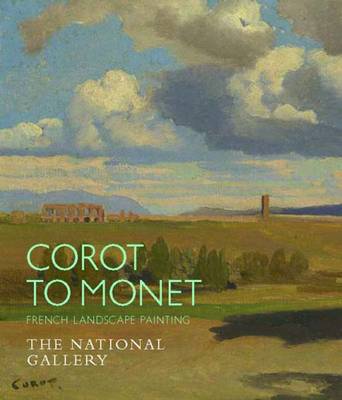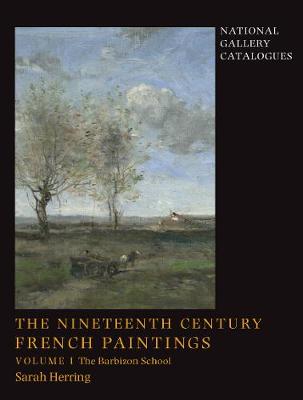National Gallery London
2 total works
By the late 18th century, the practice of painting outdoors (en plein air) was widespread, especially in Italy, where picturesque views of Tivoli and the Campagna were irresistible to French and British artists. Fifty years later in France, the Barbizon group----including Jean-Baptiste-Camille Corot, Theodore Rousseau, and Charles-Francois Daubigny----eagerly escaped the studio to paint landscapes, rivers, and beach scenes of their native land. These painters were a crucial influence on a new generation of artists who would eventually become known as the Impressionists. In this delightful and accessible exploration of the National Gallery's collection of 18th- and 19th-century landscape paintings, Sarah Herring introduces and explains the enduring appeal of these charming small works of art, both to their original collectors and to the present-day viewer.
A comprehensive presentation of the important collection of Barbizon School painting at the National Gallery, London
The significant collection of 19th-century French paintings at the National Gallery, London, includes many important works by artists associated with the Barbizon School. In addition to paintings by Courbet, Millet, and Rousseau, there are over twenty works by Corot, including the monumental Italian Woman, or Woman with Yellow Sleeve (L'Italienne) recently acquired from the estate of Lucian Freud. Works by Corot range from an early oil study made in Italy to late studio landscapes. This meticulously researched and lavishly illustrated volume contains entries that examine all aspects of the paintings, from subject and stylistic significance to physical condition and conservation history. Setting the individual works within a broader context, essays explore the impact of plein-air practice; examine the relationship of the Barbizon School to the academic landscape painters and the Impressionists; and trace the history of the passionate collecting of these pictures in Britain well into the 20th century.
The significant collection of 19th-century French paintings at the National Gallery, London, includes many important works by artists associated with the Barbizon School. In addition to paintings by Courbet, Millet, and Rousseau, there are over twenty works by Corot, including the monumental Italian Woman, or Woman with Yellow Sleeve (L'Italienne) recently acquired from the estate of Lucian Freud. Works by Corot range from an early oil study made in Italy to late studio landscapes. This meticulously researched and lavishly illustrated volume contains entries that examine all aspects of the paintings, from subject and stylistic significance to physical condition and conservation history. Setting the individual works within a broader context, essays explore the impact of plein-air practice; examine the relationship of the Barbizon School to the academic landscape painters and the Impressionists; and trace the history of the passionate collecting of these pictures in Britain well into the 20th century.

